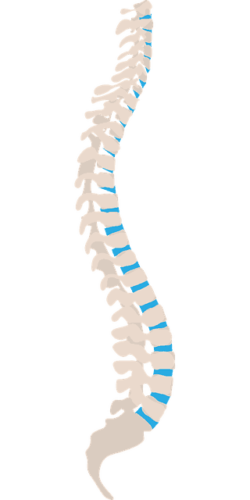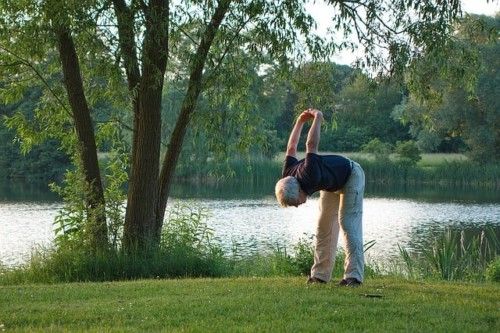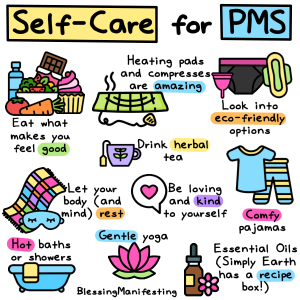Back pain due to office work – what can be done

Back pain caused by office work
The number one disease among Germans is not obesity or migraine, but back pain. The Federal Institute for Occupational Safety and Health (Bundesanstalt für Arbeitsschutz und Arbeitsmedizin, BAuA) found in a study that about 35% of all sick days are caused by musculoskeletal disorders.
This means that back pain is by far the most common single complaint. According to the BAuA, the main cause is lack of movement at the office workplace.
Occupational physicians have long advocated a versatile movement sequence at the workplace. The human body is not built for sitting still for long periods of time; only through complex movements are all joints, tendons and bones equally stressed.
Occupational physicians recommend that for every hour spent sitting, at least 10 minutes should be spent standing.
The more varied the movement, the better. Walking, stretching and bending the spine should become a regular part of every working day.
How the spine works?
The intervertebral discs of the spine (shown in light blue in the picture) are not supplied with nutrients through the bloodstream like other organs, but through the so-called spinal fluid.
This fluid swarms around the spine and is absorbed by the intervertebral discs like a sponge. This process provides them with nutrients.
When sitting, this mechanism does not work, or only to a limited extent. The intervertebral discs gradually atrophy, back pain is the result. If the problem continues to be ignored, this can lead to a herniated disc.
We therefore strongly advise you to counteract this with ergonomic office furniture.
A height-adjustable desk helps relieve back strain and increase productivity.
After all, the ergonomic workplace has already paid for itself after just a few days of illness saved.
Treatment of back injuries
In the event of major back damage, such as a herniated disc or other lasting damage, you should consult a doctor for an expert assessment of the back condition.
Minor back problems can be alleviated by stretching and speaking exercises. Yoga is one of the most popular sports to keep the back fit.
By stretching slowly, even an untrained back has time to get used to the new load. For the sake of your own health, do not do the exercises too intensively and ambitiously.
As soon as a sport exercise becomes unpleasant or even painful one should stop it. A slight pulling in the parts of the body that have often not been stretched for years is, however, quite desirable.
Gyms, local spot clubs, university sports programs and some other providers offer yoga classes. In many cases, the costs are covered on a pro rata basis by the statutory health insurance fund.
Depending on the health insurance company, up to 80 percent of the costs incurred are reimbursed or offset.
Partly the health insurances offer even back courses or yoga courses to make a pain-free back possible for their members.

Massages relieve acute back pain
A good massage is a wellness program for body, mind and soul. Practiced hands are especially good for an aching back. Good doctors often prescribe patients physiotherapy followed by a massage.
The trained specialists massage the painful areas with pleasant pressure.
If you have not been prescribed a massage or do not want to go to the doctor, you can find out about massage techniques on the Internet and ask a friend or your partner to apply them.
We recommend simple techniques using the hands and the heel of the hand. Massages with elbows, hot stones or special massage rolls should be left to advanced users.




